03
Jun
Take Action: Governors Need to Protect Biodiversity Amid Massive Ecological Decline
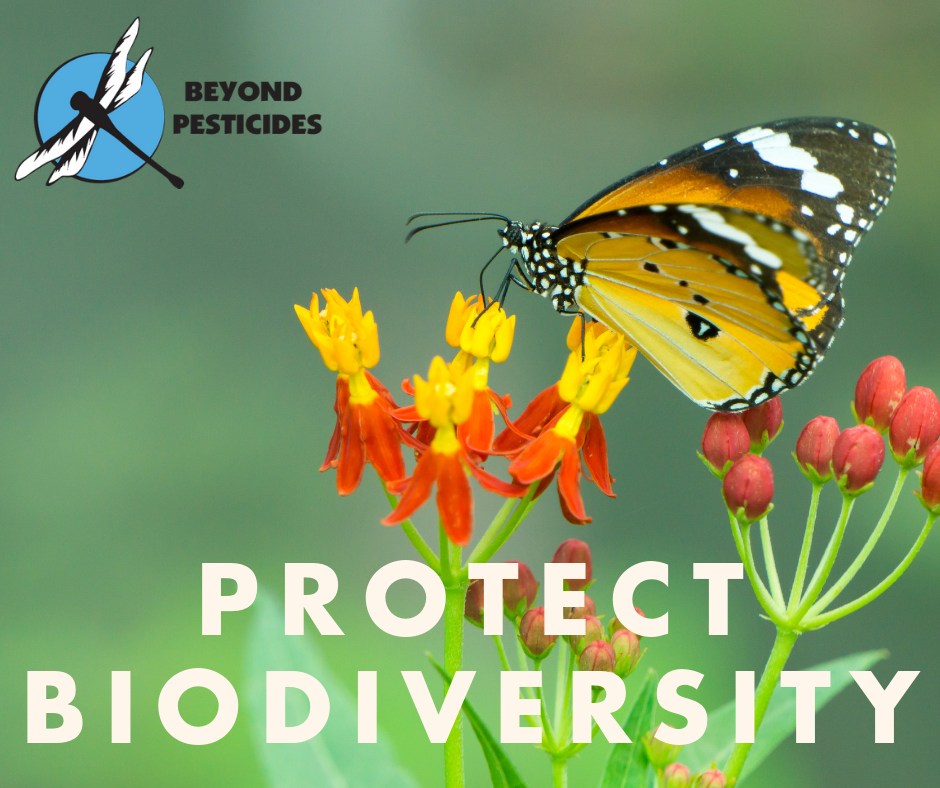 (Beyond Pesticides, June 3, 2019)Â As the signs of environmental crises tied to pesticide use escalate and the need for action becomes more urgent, elected officials at the state level must step up to meet the challenges to protect biodiversity and ecosystems essential to life. Waiting on Congress to act allows precious time to pass without critically needed action. The White House fails to acknowledge scientific findings about adverse effects that threaten the sustainability of the environment and human survival. In the last several months, key pieces of science call for dramatic action to eliminate toxic pesticide use and put organic and sustainable practices in place.
(Beyond Pesticides, June 3, 2019)Â As the signs of environmental crises tied to pesticide use escalate and the need for action becomes more urgent, elected officials at the state level must step up to meet the challenges to protect biodiversity and ecosystems essential to life. Waiting on Congress to act allows precious time to pass without critically needed action. The White House fails to acknowledge scientific findings about adverse effects that threaten the sustainability of the environment and human survival. In the last several months, key pieces of science call for dramatic action to eliminate toxic pesticide use and put organic and sustainable practices in place.
*A 1,500-page assessment from the United Nations Decade on Biodiversity project â the IPBES [Intergovernmental Science-Policy Platform on Biodiversity and Ecosystem Services] Global Assessment Summary for Policymakers is the most comprehensive look to date at the biodiversity crisis and its implications for human civilization. The findings, approved by an intergovernmental body of 132 member states, including the U.S., provide a devastating assessment of the state of biodiversity and of ecosystem services, which support the delicate balance of nature.
*The âcrashâ of pollinators is happening in a wider context of biological and biodiversity loss. The lack of attention to loss in insect populations broadly was identified in a dramatic November 18, 2018 New York Times article, âThe Insect Apocalypse Is Here,â which called out the staggering attrition in insect populations during the last few decades. Here in the U.S., scientists discovered relatively recently that the population of monarch butterflies has fallen by 90% in the last 20 years, and that populations of the rusty-patched bumblebee (which used to be found in 28 states) dropped by 87% in the same period. Beyond Pesticides also noted the phenomenon in its coverage of a 2017 study by a German entomological society, which found a decline in total flying insect biomass in protected areas of the country of more than 75% over a 27-year period.
Governors, in issuing an executive order to protect biodiversity and survival of organisms essential to sustaining life, must manage public lands with practices that are compatible with ecosystem health. Last year, then-Governor of California Jerry Brown issued an executive order in tandem with a Biodiversity Initiative that recognizes the importance of state action to protect biodiversity. It recognizes that the state’s plants and animals co-exist to create the complex ecosystems upon which so much of California’s people and economy depend. The initiative is supported by a 2018-19 state budget allocation of $2.5 million, establishing a partnership with tribal groups, educators and researchers, the private sector, philanthropic groups and landowners. Although the California initiative does not specifically address the contribution of pesticides and chemical-intensive land management to biodiversity decline, based on scientific findings, eliminating toxic pesticide use and adopting an organic land management approach is key to the solution.
Letter to Governor
I respectfully implore you, in the face of scientific findings, to use your executive order power to establish an initiative to protect biodiversity and the ecosystems in our state. Waiting on Congress and the White House to act allows precious time to pass without critically needed action to address adverse effects that threaten the sustainability of the environment and human survival. In the last several months, key scientific findings call for dramatic action to eliminate toxic pesticide use and put organic and sustainable practices in place.
*A 1,500-page assessment from the United Nations Decade on Biodiversity project â the IPBES [Intergovernmental Science-Policy Platform on Biodiversity and Ecosystem Services] Global Assessment Summary for Policymakers is the most comprehensive look to date at the biodiversity crisis and its implications for human civilization. The findings, approved by an intergovernmental body of 132 member states, including the U.S., provide a devastating assessment of the state of biodiversity and of the ecosystem services, which support the delicate balance of nature.
*The âcrashâ of pollinators is happening in a wider context of biological and biodiversity loss. The lack of attention to loss in insect populations broadly was identified in a dramatic November 18, 2018 New York Times article, âThe Insect Apocalypse Is Here,â which called out the staggering attrition in insect populations during the last few decades. Here in the U.S., scientists discovered relatively recently that the population of monarch butterflies has fallen by 90% in the last 20 years, and that populations of the rusty-patched bumblebee (which used to be found in 28 states) dropped by 87% in the same period. SĂĄnchez-Bayo and Wyckhuys, in their article âWorldwide decline of the entomofauna: A review of its drivers,â in Biological Conservation, performed a comprehensive review of research on insect declines, revealing âdramatic rates of decline that may lead to the extinction of 40% of the world’s insect species over the next few decades.â
I urge that your executive order protect biodiversity and survival of organisms essential to sustaining life by managing public lands with organic practices that are compatible with ecosystem health. More broadly, please consider the executive order (bp-dc.org/biodiversity-order) and Biodiversity Initiative (bp-dc.org/biodiversity-action-plan), adopted last year in California, which recognize the importance of state action to protect biodiversity.
Thank you for your consideration.









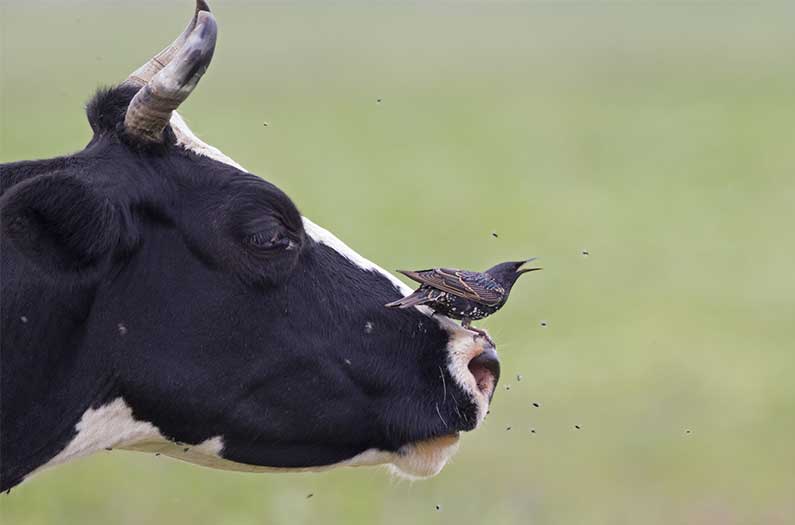
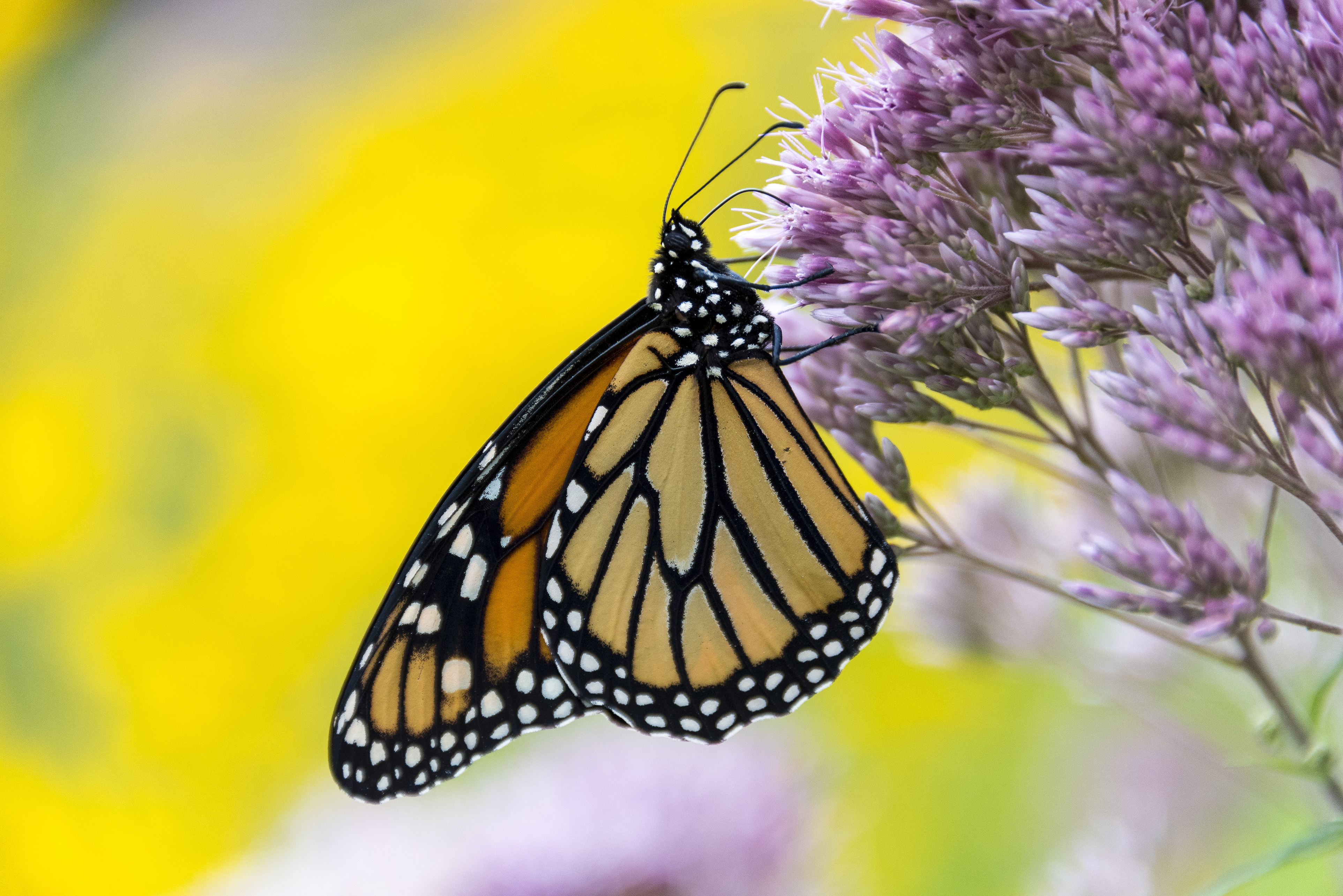 (Beyond Pesticides, May 30, 2019) Last week, the U.S. Fish and Wildlife Service (FWS) agreed to a 2020 deadline for reaching a decision on protection status for monarch butterflies under the Endangered Species Act. This agreement comes nearly five years after the filing of a petition by conservationists with the Center for Biological Diversity and Center for Food Safety led to the launch of an ongoing status review in 2014. While FWS deliberates, monarch butterflies continue their staggering, decades-long population decline, perhaps for the last of their decades.
(Beyond Pesticides, May 30, 2019) Last week, the U.S. Fish and Wildlife Service (FWS) agreed to a 2020 deadline for reaching a decision on protection status for monarch butterflies under the Endangered Species Act. This agreement comes nearly five years after the filing of a petition by conservationists with the Center for Biological Diversity and Center for Food Safety led to the launch of an ongoing status review in 2014. While FWS deliberates, monarch butterflies continue their staggering, decades-long population decline, perhaps for the last of their decades.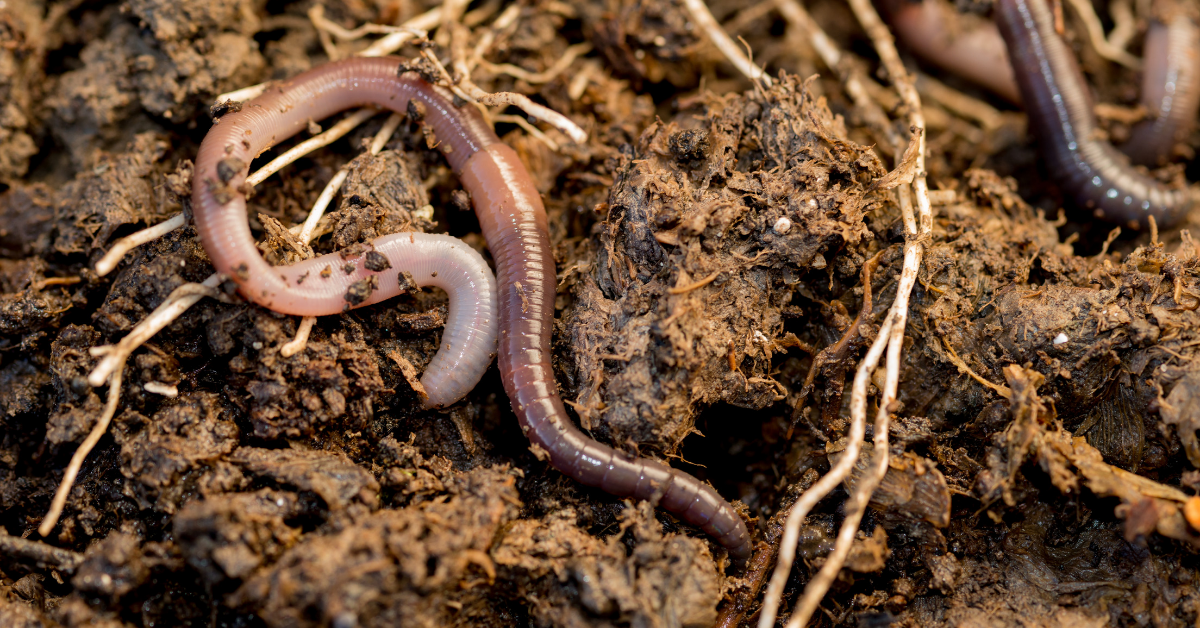 (Beyond Pesticides, May 29, 2019) A soil health monitoring study in England finds that an alarming 42% of surveyed fields are deficient in a wriggly measurementâearthworm populations. Over half the farmers recruited in this citizen science evaluation said they planned to change their soil management practices as a result of the earthworm monitoring results.
(Beyond Pesticides, May 29, 2019) A soil health monitoring study in England finds that an alarming 42% of surveyed fields are deficient in a wriggly measurementâearthworm populations. Over half the farmers recruited in this citizen science evaluation said they planned to change their soil management practices as a result of the earthworm monitoring results. (Beyond Pesticides, May 28, 2019) In yetÂ
(Beyond Pesticides, May 28, 2019) In yet  (Beyond Pesticides, May 24, 2019)Â
(Beyond Pesticides, May 24, 2019)Â  (Beyond Pesticides, May 23, 2019) On Monday in the conclusion of a lawsuit, the U.S. Environmental Protection Agency (EPA)
(Beyond Pesticides, May 23, 2019) On Monday in the conclusion of a lawsuit, the U.S. Environmental Protection Agency (EPA) 


 (Beyond Pesticides, May 17, 2019)Â After two decades of co-sponsoring and co-funding
(Beyond Pesticides, May 17, 2019)Â After two decades of co-sponsoring and co-funding 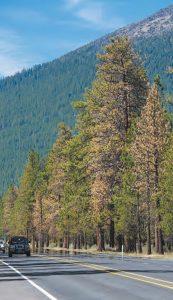
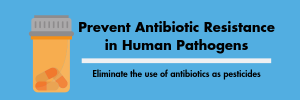 (Beyond Pesticides, May 14, 2019)Â Your voice is needed to stop the use of two specific antibiotics, streptomycin and oxytetracycline, whose uses in agriculture are under EPA review. Thank you to those who, last week,Â
(Beyond Pesticides, May 14, 2019) Your voice is needed to stop the use of two specific antibiotics, streptomycin and oxytetracycline, whose uses in agriculture are under EPA review. Thank you to those who, last week,  (Beyond Pesticides, May 13, 2019) The Center for Biological Diversity (CBD) filed four lawsuits last week challenging the Trump administrationâs failure to release a trove of documents detailing how the administration is regulating dangerous pesticides, especially as they relate to endangered species. Meanwhile, the U.S. Environmental Protection Agency (EPA) released a set of proposedÂ
(Beyond Pesticides, May 13, 2019) The Center for Biological Diversity (CBD) filed four lawsuits last week challenging the Trump administrationâs failure to release a trove of documents detailing how the administration is regulating dangerous pesticides, especially as they relate to endangered species. Meanwhile, the U.S. Environmental Protection Agency (EPA) released a set of proposed  (Beyond Pesticides, May 10, 2019) The Earth, its natural systems, and as many as a million species are at enormous risk from human activity, says a
(Beyond Pesticides, May 10, 2019)Â The Earth, its natural systems, and as many as a million species are at enormous risk from human activity, says a 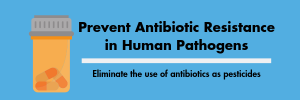 `
` (Beyond Pesticides, May, 7, 2019) Last week, the New York State legislature voted to phase out and eventually ban the use of the neurotoxic insecticide chlorpyrifos. The vote,
(Beyond Pesticides, May, 7, 2019) Last week, the New York State legislature voted to phase out and eventually ban the use of the neurotoxic insecticide chlorpyrifos. The vote, 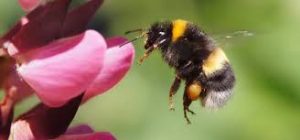 (Beyond Pesticides, May 6, 2019)Â Beleaguered pollinators deal with a
(Beyond Pesticides, May 6, 2019)Â Beleaguered pollinators deal with a  (Beyond Pesticides, May 3, 2019)Â A
(Beyond Pesticides, May 3, 2019)Â A  (Beyond Pesticides, May 2, 2019) Researchers
(Beyond Pesticides, May 2, 2019) Researchers  (Beyond Pesticides, May 1, 2019)Â Evidence of the dangers of
(Beyond Pesticides, May 1, 2019)Â Evidence of the dangers of 
